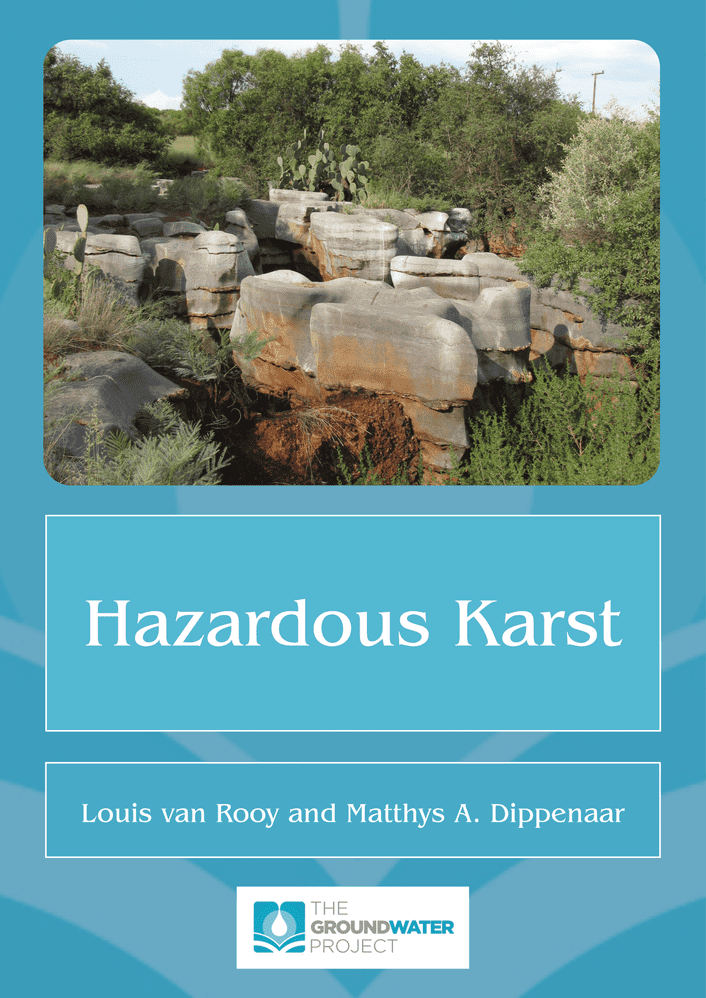Coming Soon!
Large areas of the Earth’s surface are underlain by soluble rocks such as limestone and dolomite. Most of these areas also have concentrated human development because groundwater availability in the subsurface dissolution cavities. Karst processes may cause unstable surface conditions due to sinkholes and surface subsidences that develop naturally and also through anthropogenic disturbances such as groundwater lowering and disturbance of surface materials by infrastructure development. These features also connect the land surface to the groundwater in the karst aquifers resulting in groundwater recharge, discharge (springs), and also vulnerability of the aquifer that can result in groundwater pollution. These instability features pose a hazard to human lives and infrastructure and careful assessment of these risks followed by appropriate measures to reduce the risk are necessary to safely live on karst. This book aims to provide a background on karst theory with specific application to investigation methodology linked to different karst environments, hazard determination, and how to mitigate and rehabilitate hazard events.

